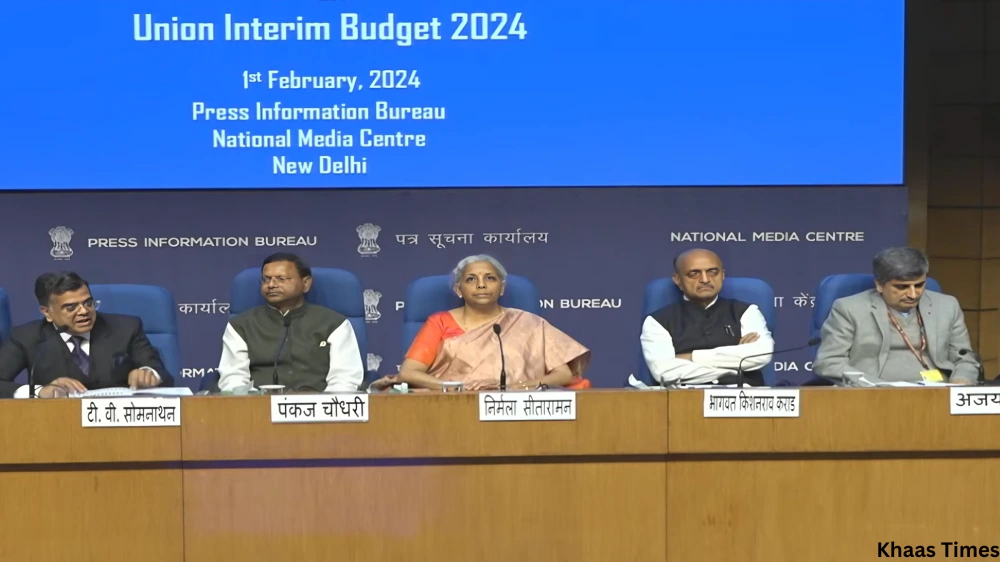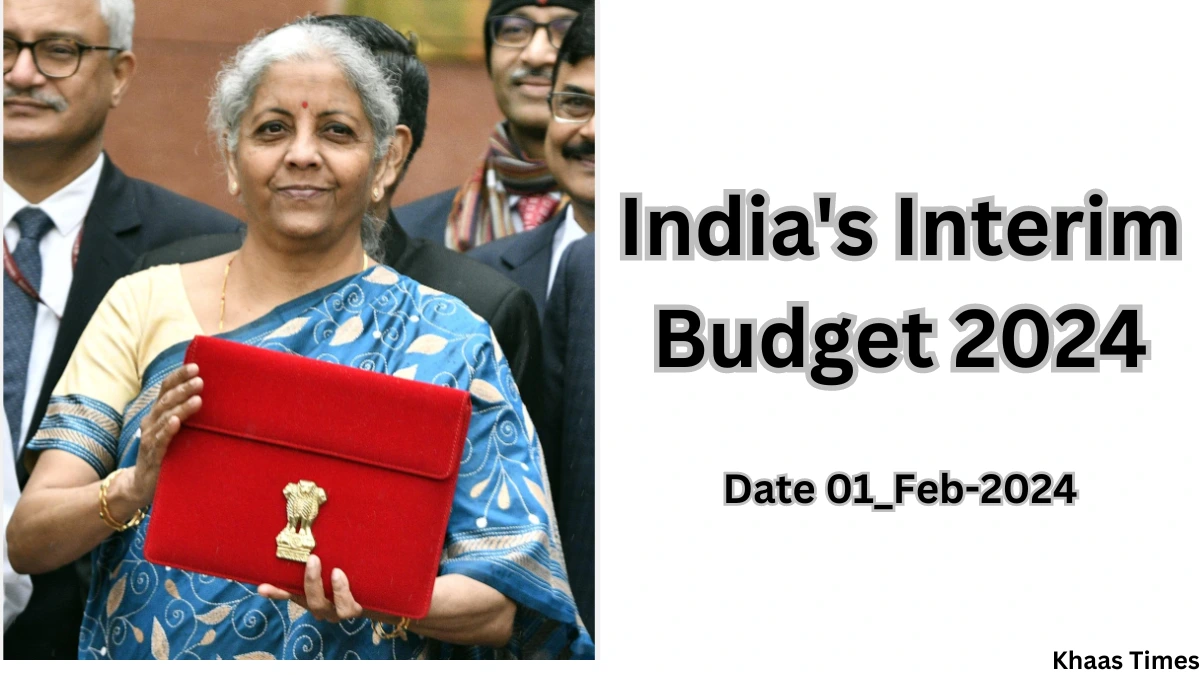India’s Interim Budget 2024
With the upcoming Lok Sabha elections heating up Indian politics, all eyes are on Finance Minister Nirmala Sitharaman’s freshly unveiled Interim Budget 2024. This interim budget is a crucial document that outlines spending and income until the new administration is formed after the election. It represents the last financial blueprint of the Modi government’s second term. Here, we examine the details of the budget, analyzing significant declarations and responses from different sources.
Understanding the Interim Budget 2024
The current government is prohibited from submitting a complete budget during an election year. As a result, an Interim Budget is unveiled, providing a brief overview of the government’s budgetary intentions and allotments. Estimates for spending, income, the fiscal deficit, and financial performance are all included, acting as a transitional measure until the new government assumes office.
Major fiscal predictions were made public by Finance Minister Nirmala Sitharaman, including a revised goal of 5.8% of GDP for the fiscal year 2023–2024. This update represents the government’s attempts to handle economic difficulties in the face of world unpredictability.
Taxation: No adjustments to the rates of direct or indirect taxes, including import duties, were suggested, in spite of strong expectations. The objective of this decision is to preserve tax structure stability in the face of changing economic conditions.
Sectoral Allocations: The budget allots significant sums of money to a number of sectors, with one particularly noteworthy provision being a ₹1 trillion corpus for technology research, which is meant to promote innovation and independence in vital domains like military. Infrastructure development was also prioritized, with the unveiling of three significant economic railway lines aimed at reducing traffic and improving passenger safety and speed.
Social Welfare Initiatives: The budget presents a number of initiatives aimed at disadvantaged groups in society, acknowledging the critical role that social welfare programs play. This includes the government’s pledge to universal healthcare access through the extension of Ayushman Bharat coverage to Anganwadi and ASHA workers.
Empowerment of Women: Through targeted interventions like middle-class housing projects, skill development programs, and increased representation in higher education and the workforce, the budget emphasizes the significance of women’s empowerment.
Infrastructure Development: The budget includes intentions to expand major projects like Metro Rail and Namo Bharat, as well as investments in renewable energy through rooftop solarization and infrastructure for electric vehicle charging. These plans are all part of the budget’s infrastructure-bolstering theme.
Political and Public Reactions: Industry stakeholders and political parties had a range of responses to the budget presentation. Opposition parties attacked the budget for its purported flaws and failure to address urgent concerns including unemployment and agrarian misery, while the ruling BJP administration celebrated its accomplishments and future goals.

Shashi Tharoor, the leader of the Congress, attacked the administration, calling the interim budget the “final budget” and charging it with lacking creative ideas. Naina Lal Kidwai, the former chairperson of the FICCI, expressed apprehensions about the budget deficit aim and revenue predictions.
The Congress party used the elimination of fertilizer subsidies as evidence to claim that farmers were negatively impacted by government policy. Supriya Shrinate, a spokeswoman for the Congress, also blasted the administration for downplaying economic difficulties and drew attention to gaps between official statements and actual conditions.
Industry Views: Industry executives responded to the budget in a variety of ways. While some praised particular programs, others voiced concerns. Naresh Trehan, chairman of Medanta, praised the focus on women’s health and frontline healthcare providers, pointing out the possible influence on healthcare results.
On the other hand, questions were voiced about how the government projected its revenue and handled fiscal management. A number of industry professionals expressed doubts about the possibility of accomplishing ambitious goals, highlighting the necessity of cautious economic policies and consistent growth.
Looking Ahead: The interim budget is a vital guide for economic governance and policy direction as India makes its way through the latter months of the Modi administration. The government’s aims and vision for inclusive growth and development are reflected in the budget, which comes just before elections.
In summary, the Interim Budget 2024 establishes the framework for upcoming economic measures, but its effectiveness will ultimately be determined by how well it tackles current issues and moves India toward equitable and sustainable growth. Stakeholders from many sectors are anticipating the results of the next elections and the creation of the new administration, which will ultimately determine the direction of India’s economic development, as the political landscape changes.
You may also Read our Finance, World News, Local News, Health, Food, and Education articles.

